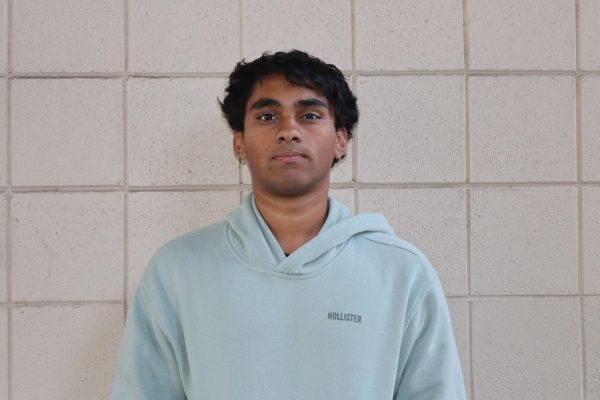Whether it’s taking a step, throwing a ball or chewing food, physics is at work in every waking moment of our lives. Physics, along with biology and chemistry, is one of the fundamental sciences of life.
Yet, unlike biology and chemistry, most students here are first introduced to the subject as upperclassmen, through either the 3-course AP Physics sequence or the college prep Physics class. This arrangement means students are often either woefully underprepared for the tough AP courses, or compelled to take the easier college prep version.
One possible solution? Introduce an alternative physics course option beginning in freshman year.
Across the world, the study of physics begins at an early age in acknowledgement of its pivotal role as a fundamental science. In China, physics is taught as a single subject beginning in the 7th grade, while physics education is sprinkled throughout the curriculum in lower grades. In India, physics is taught beginning in primary school, with students taking a final assessment at the end of 10th grade. In sharp contrast, in the U.S, physics is often taught beginning in 11th grade.
Here many students are first introduced to the subject with AP Physics 1, a notoriously difficult class with the lowest pass rate out of any AP exam. Of course, SHS exacerbates this stressful experience further by combining AP Physics 1 and AP Physics 2, both year-long classes, into a single year. By compressing two classes into the course of a year, the material is accelerated even faster than the already advanced pace of an AP class.
The result is a class that is incredibly difficult for those without prior knowledge in the subject. In order to address this, the school should allow students to take Physics, or a Physics Honors class, prior to junior year so that they can build a stronger foundation before tackling the advanced sequence. They would then be able to complete the full AP Physics sequence — 1, 2 and C — in time for graduation.
The school offers a college prep Physics course, which many juniors and seniors take as a less intensive alternative to AP Physics. This class is currently only available to upperclassmen, but could be offered as an elective in either freshman or sophomore year for students who wish to take AP Physics later on. Alternatively, an adapted Physics honors class could be offered in lieu of Honors Chemistry in sophomore year, allowing students to choose between the two tracks.
A possible consequence of offering additional physics options earlier on is students taking more than one science class as underclassmen. Given that many upperclassmen already take two sciences, and that an additional science would be cut into an elective slot, this would further decrease elective participation and possibly increase stress levels among underclassmen. However, given the essential nature of understanding physics, and that offering physics earlier in high school would reduce the stress of upperclassmen taking AP Physics, offering physics would provide students with a net positive.
No matter what, in a perfect system, a strong physics education would begin in elementary or middle school. However, until the educational system is reformed, the school should compensate for the lack of prior physics education by offering students an introduction to physics earlier in their high school careers.



























